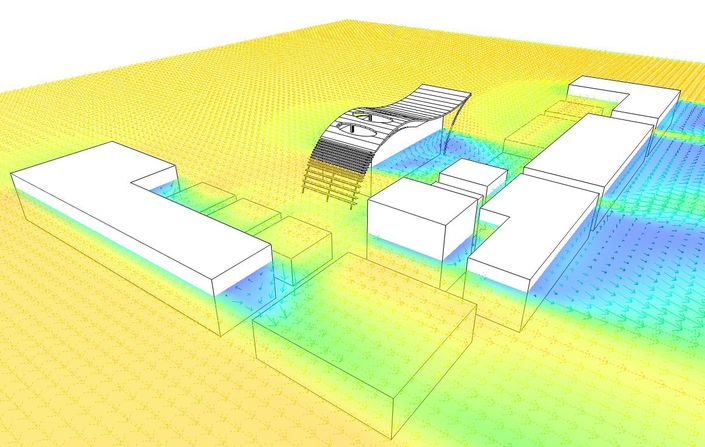
This course provides guidance on how to use Computational Fluid Dynamics (CFD) airflow simulations to evaluate occupant comfort and overheating potential.
There are demonstrations on how to import boundary conditions, and on particle tracking and the evaluation of CO as indicative of airborne pollutants.
The first series of lessons will take you step by step through how to:
- Predict internal occupant comfort temperatures, air temperature and airflow; optimise supply grille placement
- Investigate in detail natural and mixed mode ventilation strategies
- Analyse outdoor wind flow effects and pedestrian comfort and safety
The following lessons demonstrate:
- CFD of a Hospital Operating Room
- Laminar flow Supply diffusers and low-level exhaust grilles
- Room Pressurization
- Heat Gains from Operating Room Equipment, Lighting & Occupants
- CFD Simulation & Particle Tracking
- CFD analysis of basement carparks.
- Space setup
- C.O. source positioning and generation rates
- Simulation and results output
- Best practices for complementing a Dynamic Simulation Model with a CFD model.
- Best way to import boundary conditions
- Meshing Efficiency
Please Note: IES On-Demand Learning is free for all VE customers, including those with student licenses. To access this course, contact us at training@iesve.com.
Your Instructor

Our On-Demand Learning courses have been designed by our IES Training experts, who have been training users of our software across the world for over 20 years.
